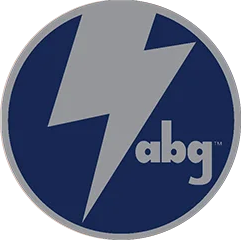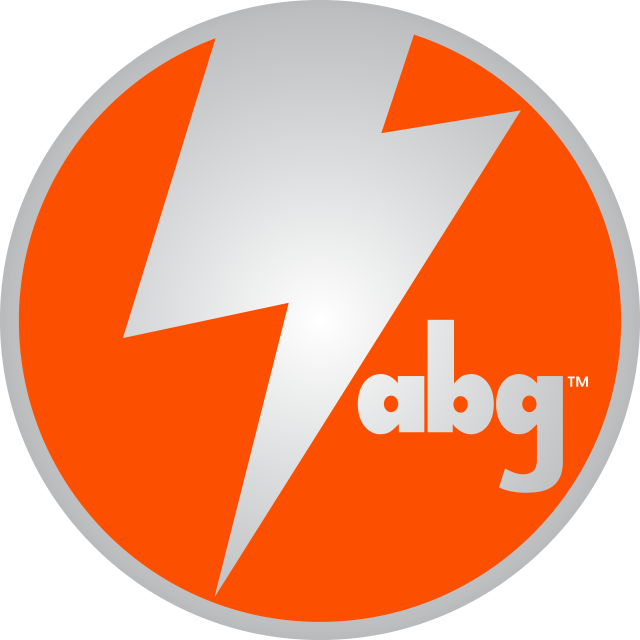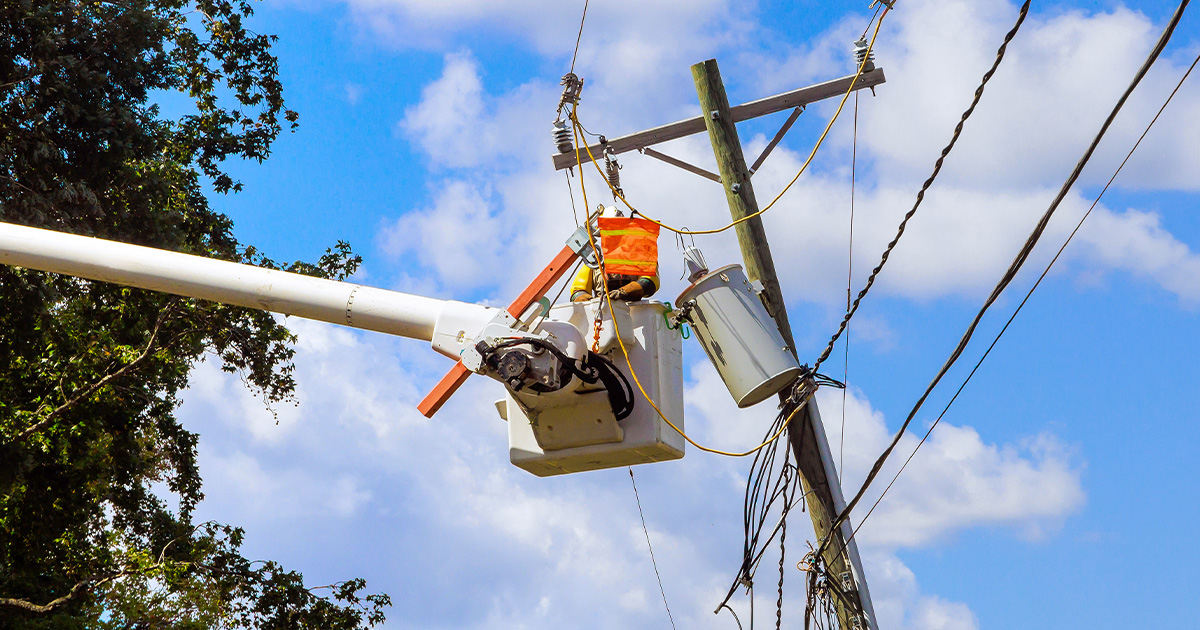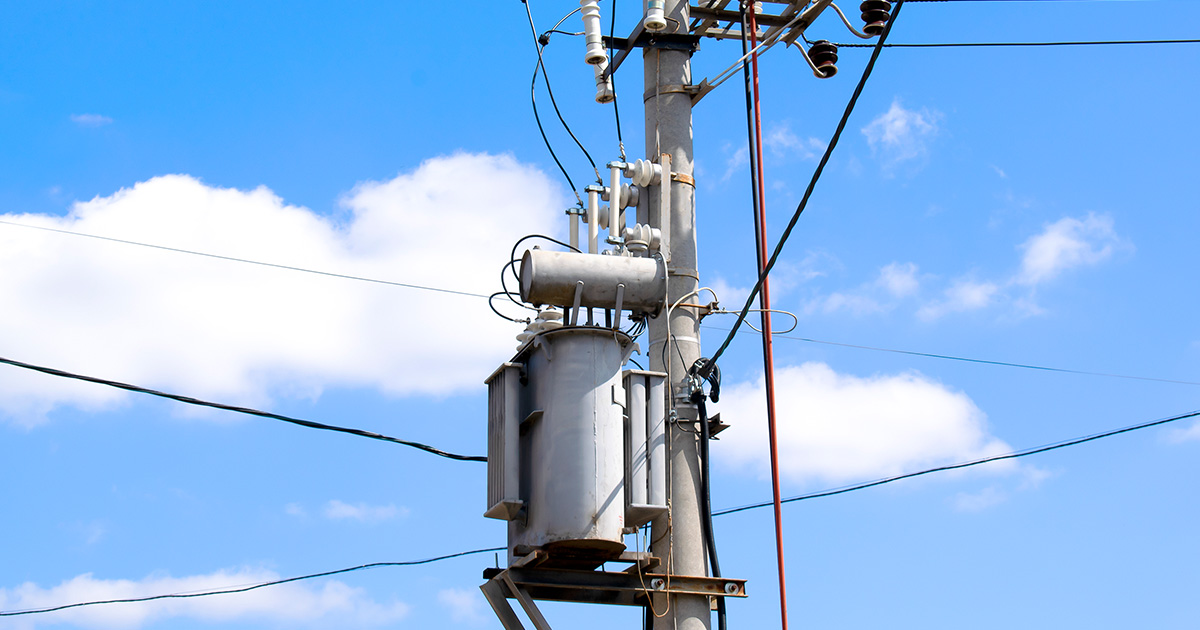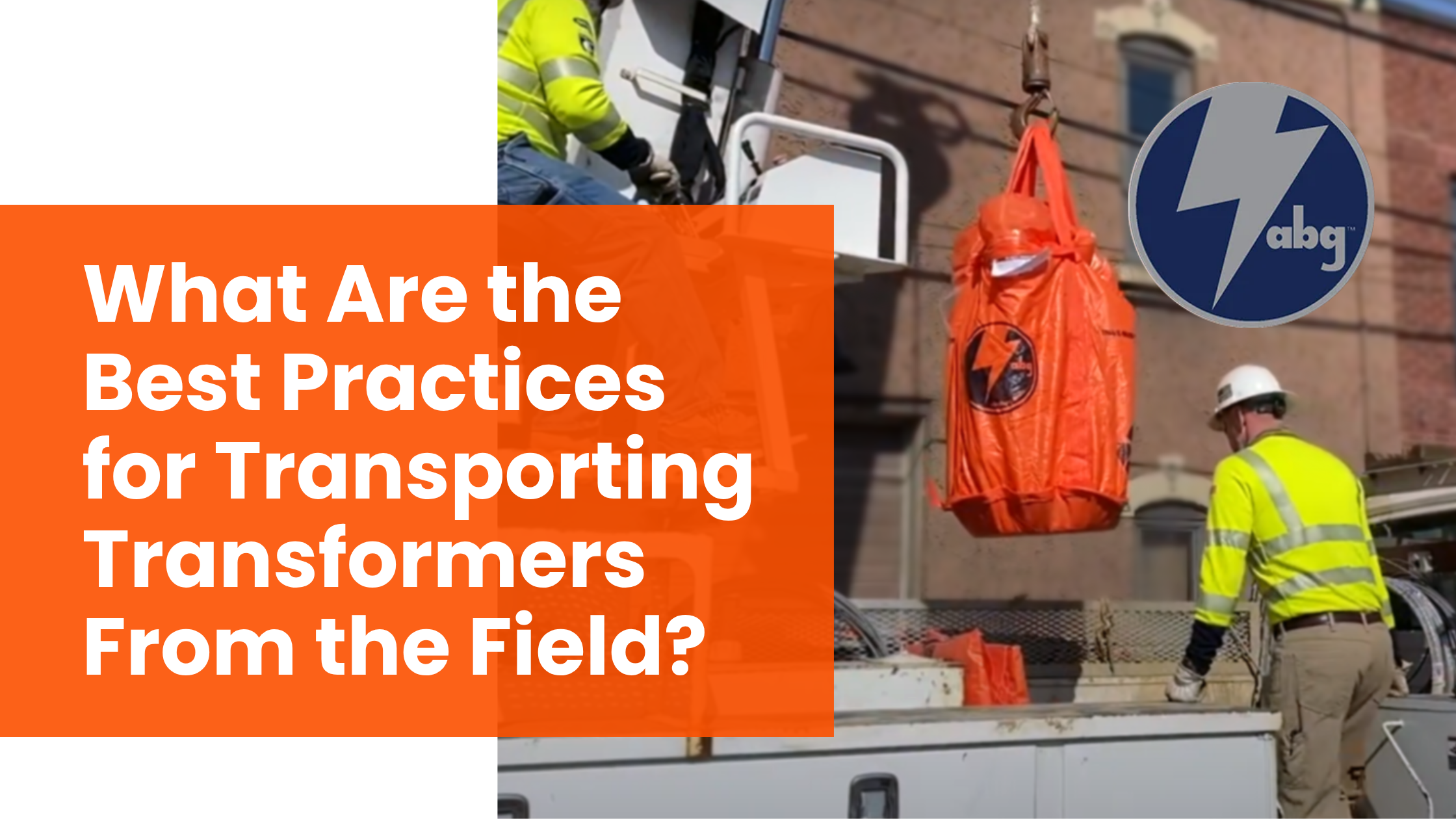
What Are the Best Practices for Transporting Transformers From the Field?
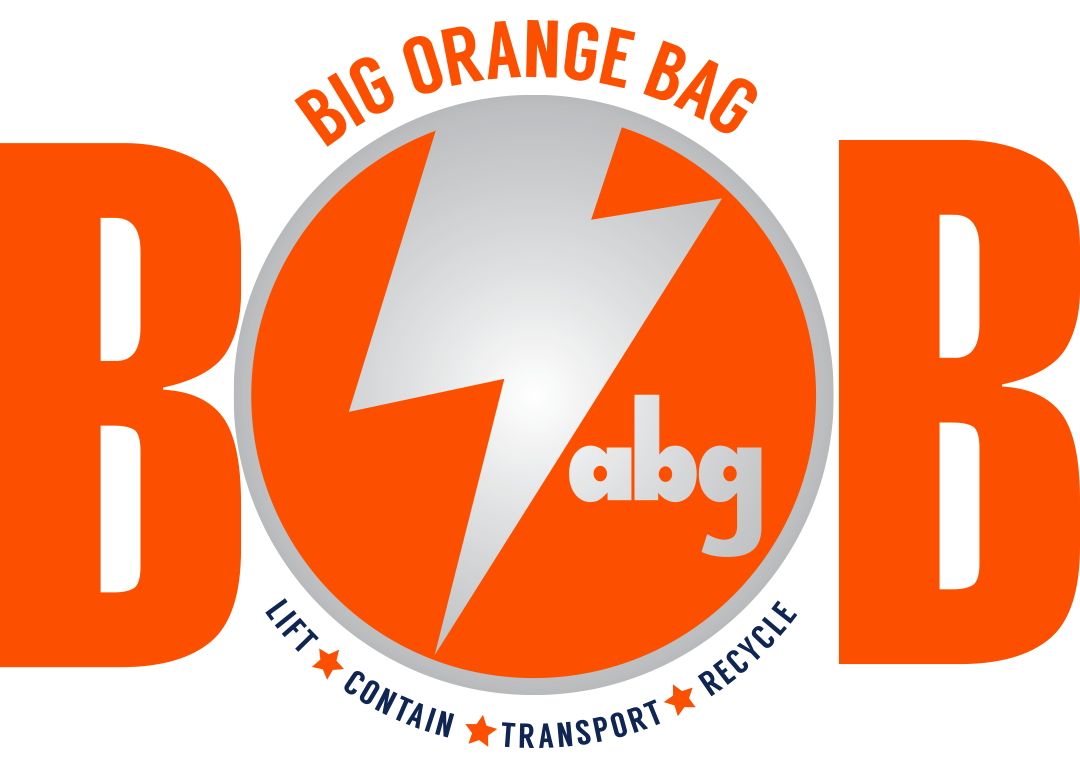
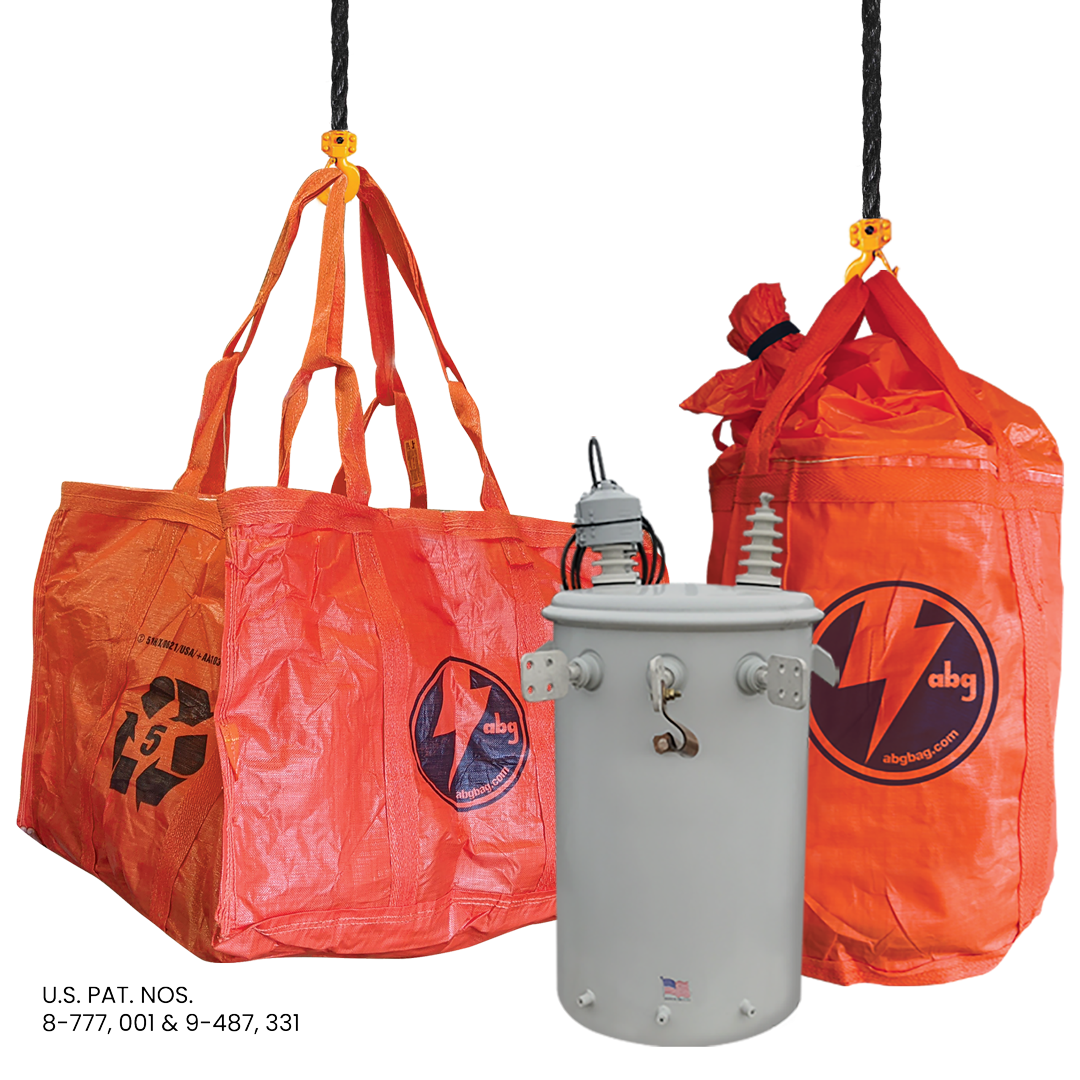
Why Safe Transformer Transport Requires More Than Just Logistics
Transporting transformers from the field requires more than just logistical coordination—it demands strict adherence to safety, regulatory compliance, and environmental responsibility. Whether you’re decommissioning old units, responding to storm damage, or moving equipment for repairs, it’s critical to follow best practices to protect people, property, and the environment.
Transformer transport operations often involve managing units that may still contain residual oil, dielectric fluids, or even PCBs (polychlorinated biphenyls), which are considered hazardous. Without proper containment and planning, even minor spills can result in serious environmental damage and regulatory violations.
In this blog, we’ll explore the best practices for safely and legally transporting transformers from the field, with a focus on the role of Transformer Containment Bags and why DOT approved containment bags are essential for compliance.
What Safety Features Should You Look for in a Containment Bag?
Not all containment bags are the same. The best containment bags are specifically engineered for oil-filled equipment, with features that account for environmental risks, heavy handling, and regulatory requirements.
Here are the top safety features to prioritize when selecting a transformer containment bag:
The U.S. Department of Transportation (DOT), Environmental Protection Agency (EPA), and state environmental agencies all play a role in regulating the transport of oil-filled and PCB-containing transformers. According to DOT regulations under 49 CFR, any hazardous materials must be packaged and transported in a manner that prevents spills, leaks, or other accidental releases.
This is where DOT approved containment bags become crucial. These specially engineered containment bags meet federal performance standards, offering leak resistance, chemical compatibility, and durability under field and transit conditions.
For more on this, see:
DOT-Approved Bags for Spill and Transport Compliance
Field transportation of transformers isn’t one-size-fits-all. Choosing the right transformer containment solution requires assessing the type, size, and condition of the unit.
Transformer Containment Bags come in various configurations to suit different transformer types, including:
- Pole mount transformer containment bags – Designed to fit compact, elevated units used in residential or light commercial settings.
- Utility pole containment bags – Tailored for use during field response or pole removal.
- PCB transformer containment bags – Built with enhanced chemical resistance for transformers with or suspected to have PCB residue.
- Transformer oil containment bags – Designed to trap and contain residual or leaking oil during transport.
These containment bags are engineered to provide transformer spill containment even during rough transit. Look for models that include secure closure systems, internal absorbent linings, and clearly marked labeling areas.
Before removing a transformer from the field, conduct a thorough inspection to determine:
- Residual oil or fluid levels
- Signs of corrosion, cracks, or leakage
- Whether the transformer has been properly drained
- Presence of PCBs or other hazardous materials
Once assessed, ensure the transformer is securely placed into the appropriate containment bag. Seal the unit following all bag manufacturer instructions and label the bag clearly with all required DOT markings.
This step helps minimize contamination and supports proper documentation during inspection or audits.
Transformer transport is often performed by lineworkers, emergency crews, or maintenance contractors. Ensure everyone involved understands how to:
- Select the correct containment bag based on transformer type
- Properly deploy and seal the bag in the field
- Follow labeling and handling protocols
- Safely load and unload the unit without compromising containment
Well-trained crews can respond faster and more safely, especially during storm recovery or unplanned outages. Having the right transformer oil containment bag on hand—pre-packed with absorbents and tie-down points—improves efficiency and reduces the risk of field spills.
Even with primary containment bags in place, consider adding a secondary barrier during transport. This might include a lined truck bed, an additional transformer containment liner, or reusable spill trays.
Secondary containment further protects against unexpected failures, vibrations, or tipping during transit.
Always accompany field-to-yard transformer transport with clear documentation:
- Transformer identification and serial number
- Type and volume of fluids remaining (if applicable)
- Hazardous material declarations (if PCBs or regulated oils are present)
- Disposal destination or reconditioning plan
- Dates, personnel names, and containment methods used
This paperwork supports DOT and EPA compliance and protects your company in the event of inspection or incident.
Being prepared is half the battle. Utility companies, municipalities, and field service teams should keep a stock of various transformer containment bags to meet the diverse needs of the field.
Maintain an inventory that includes:
- Pole mount transformer containment bags
- Utility pole containment bags
- DOT approved containment bags
- PCB transformer containment bags
Each should be stored in climate-controlled environments and checked regularly for integrity. Include these bags in spill kits and transformer maintenance vehicles for rapid deployment when emergencies occur.
For more selection guidance, refer to the Essential Guide to Transformer Containment and Transport Bags.

Why Best Practices Matter
Following best practices doesn’t just satisfy regulatory requirements—it builds trust with your community, protects sensitive environments, and reduces operational costs.
Improperly handled transformer transport can result in:
- Soil and groundwater contamination
- Fines and legal action
- Delays in repair or restoration
- Negative public perception
Implementing a proactive transformer transport strategy with quality containment bags can eliminate many of these risks.
Best practices for transporting transformers from the field begin with preparation and end with compliance. Choosing the right transformer containment bags, training your team, and documenting each step ensures environmental protection, safety, and efficiency.
Need help choosing the right bag for your application? Call 800-758-8079 to speak with a containment specialist today.



